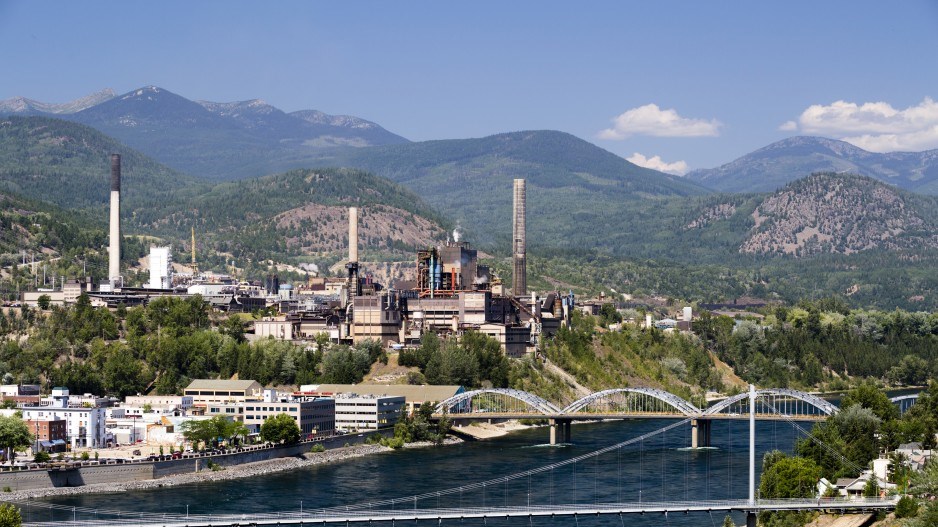The zinc produced in B.C. has one-third to one-fourth the embedded carbon content that zinc produced elsewhere has, thanks to the clean hydro electricity that powers the zinc smelter in Trail, B.C.
That's the conclusion of a greenhouse gas life cycle that Teck Resources (TSX:TECK.B,NYSE:TECK) conducted and had verified by PwC.
The Trail smelter is owned by Teck, which also owns the Red Dog zinc mine in Alaska that supplies the smelter with zinc concentrate. Teck also sources zinc concentrates from other mines other than its own.
Zinc is used as an alloy and has anti-corrosion properties. Teck is one of the world's largest producers of zinc.
According to the GHG analysis, which looked at scope 1, 2 and 3 emissions, each tonne of refined zinc that Teck produces at its Trail smelter produces just under one tonne of CO2 equivalent (CO2e) -- 0.93 CO2e tonnes, to be exact. That compares to a global average of 3 to 4 tonnes CO2 per tonne of zinc.
"The low-carbon nature of Trail’s SHG (special high grade) zinc is attributable to Trail’s use of low-cost, clean and renewable power from the Waneta Dam and the primary sourcing of concentrate from our Red Dog Mine, which has a low carbon intensity," the company states in its report.
ESG-conscious manufacturers are becoming increasingly mindful of the carbon intensities of the materials they buy (Scope 3 emissions), and are increasingly willing to pay premiums for products with lower emissions intensities.



